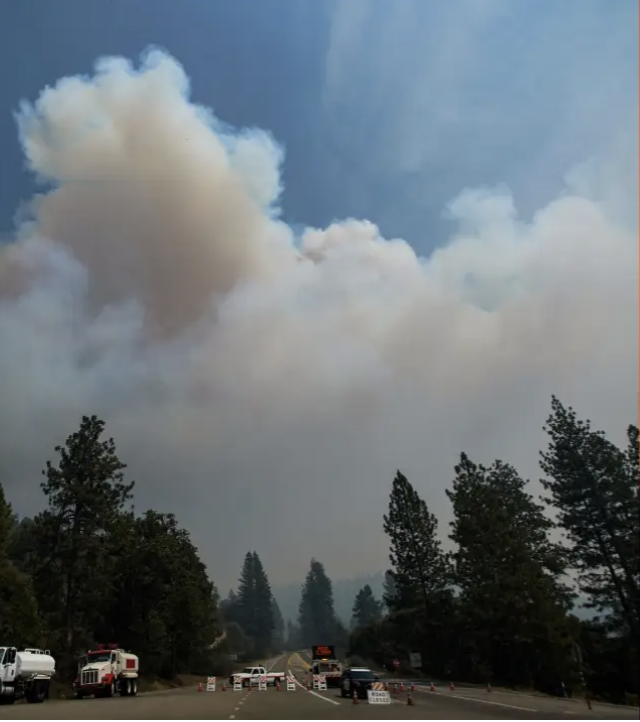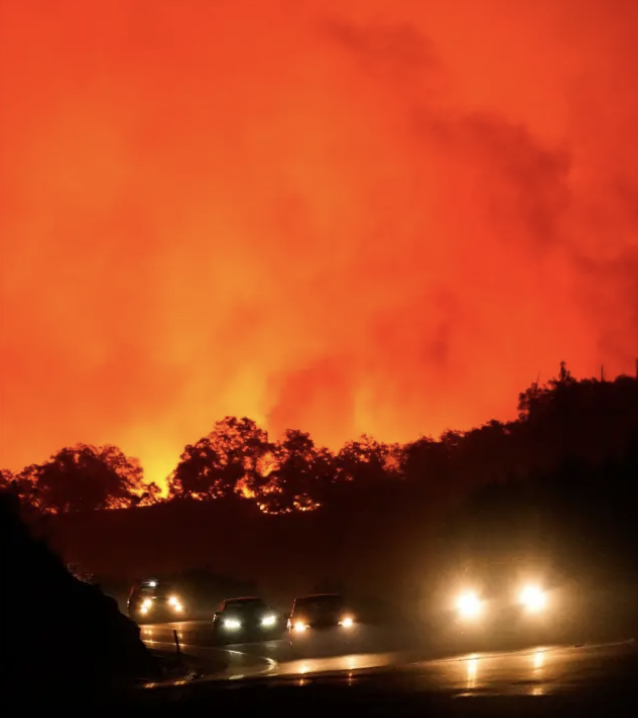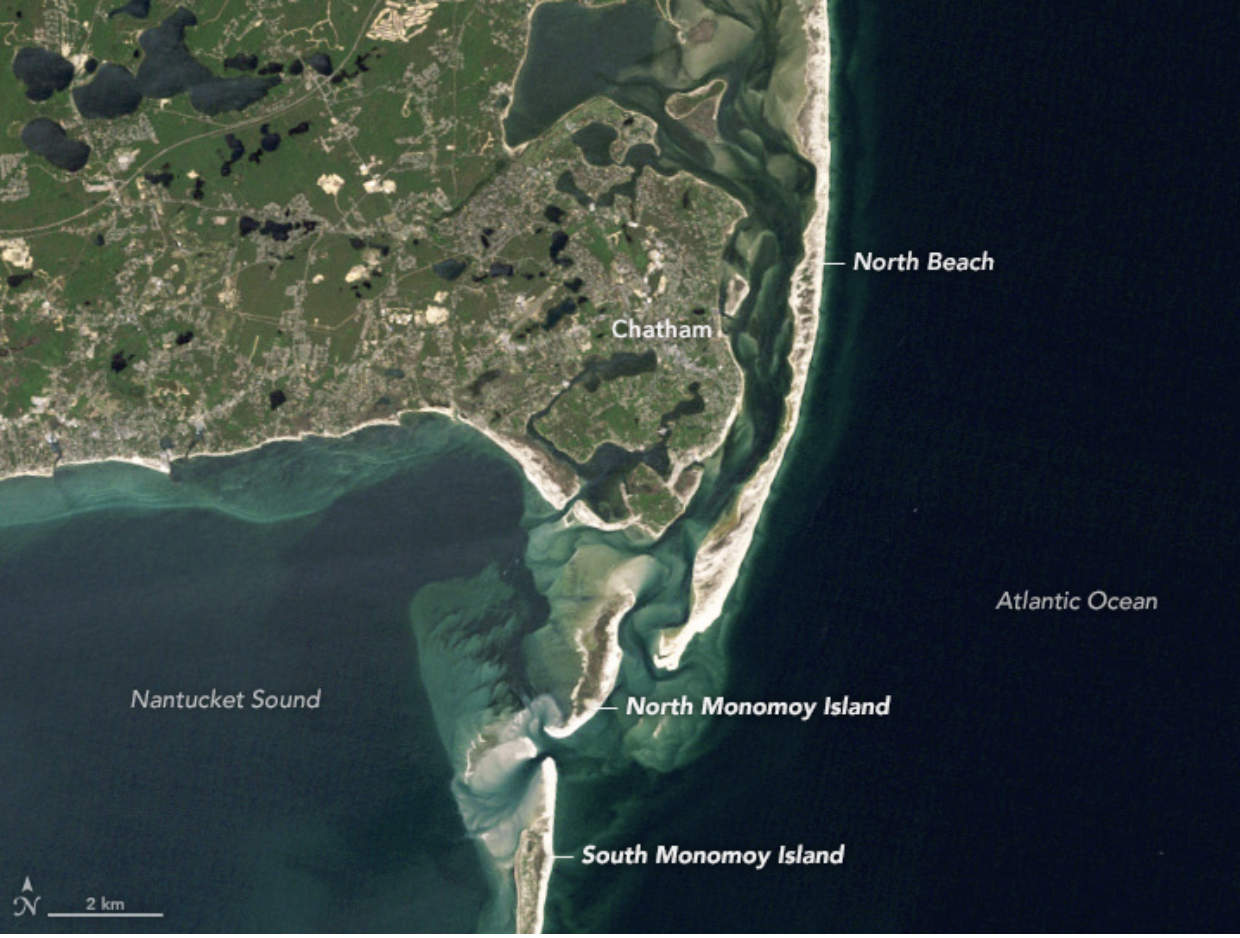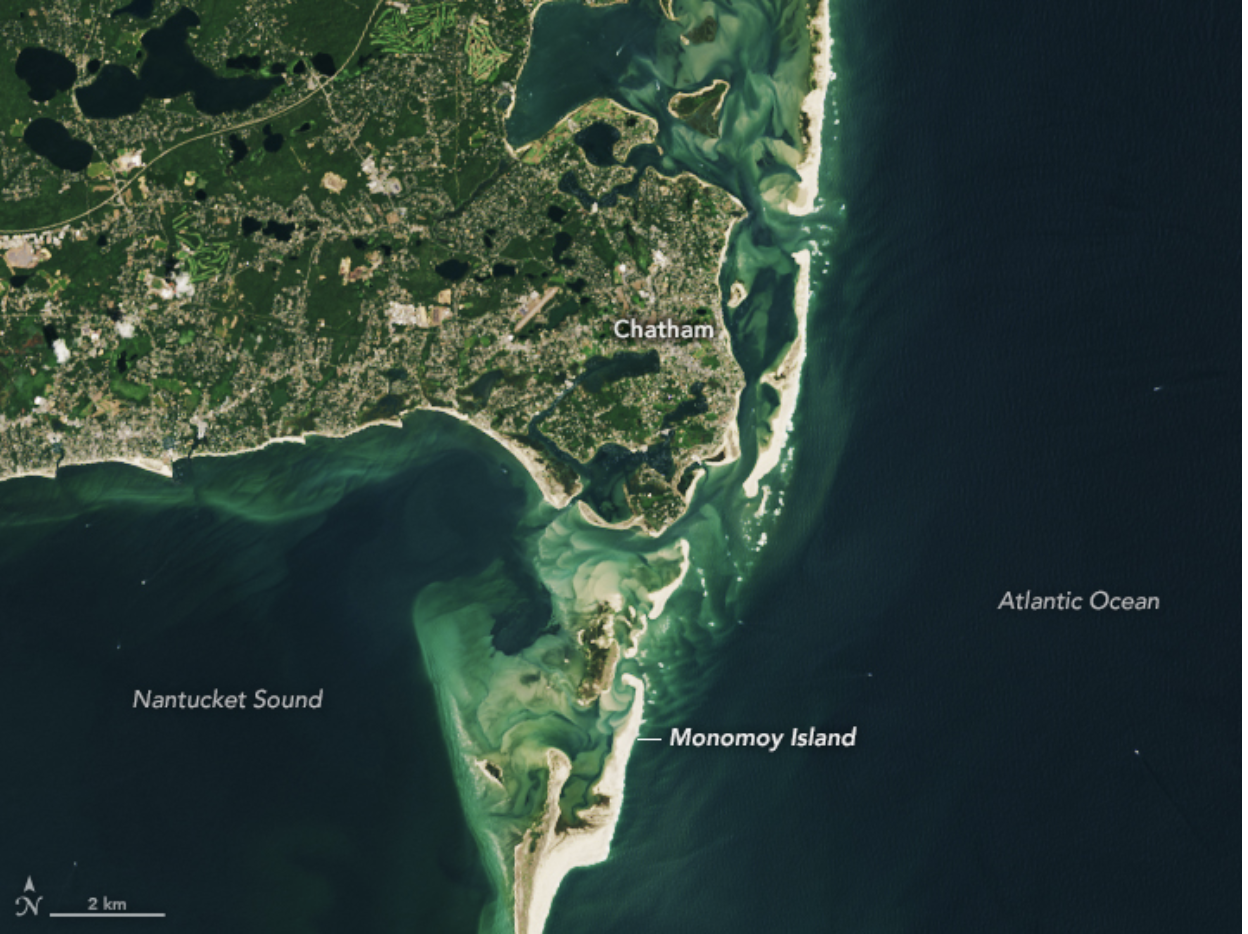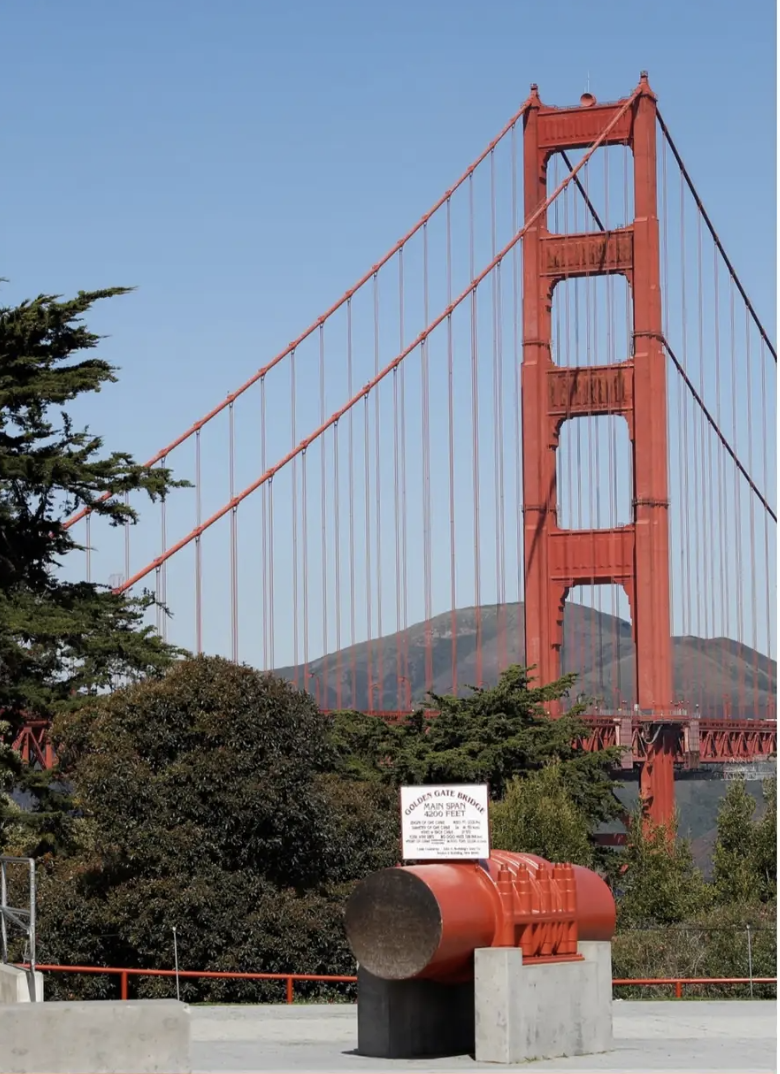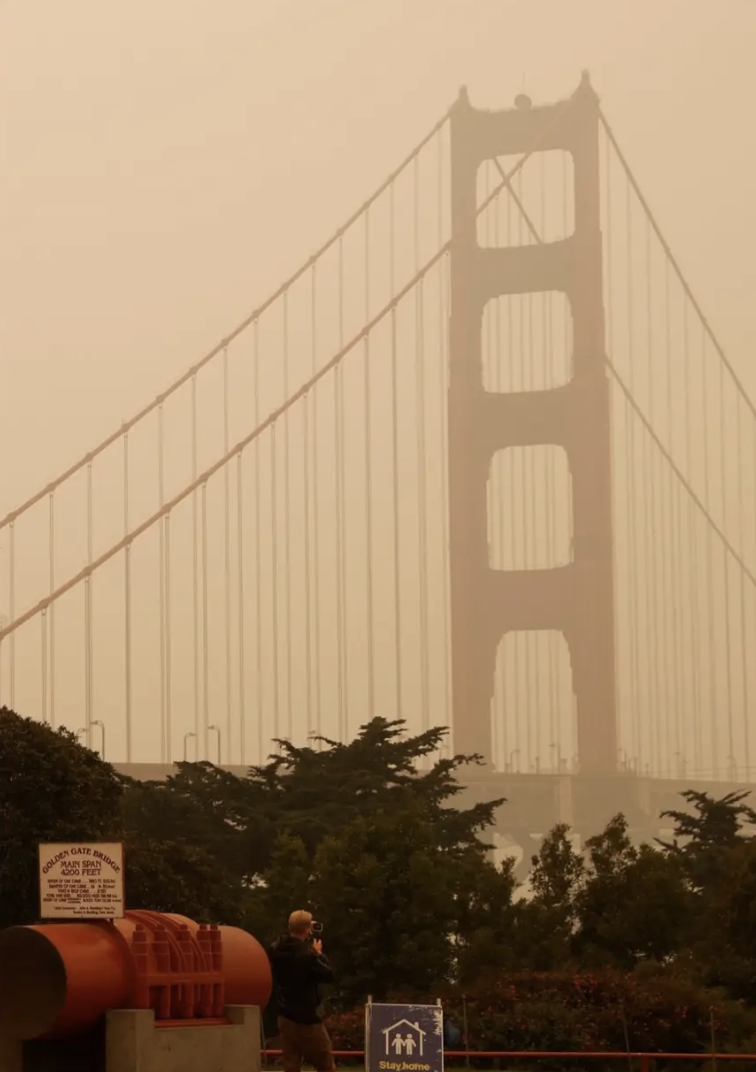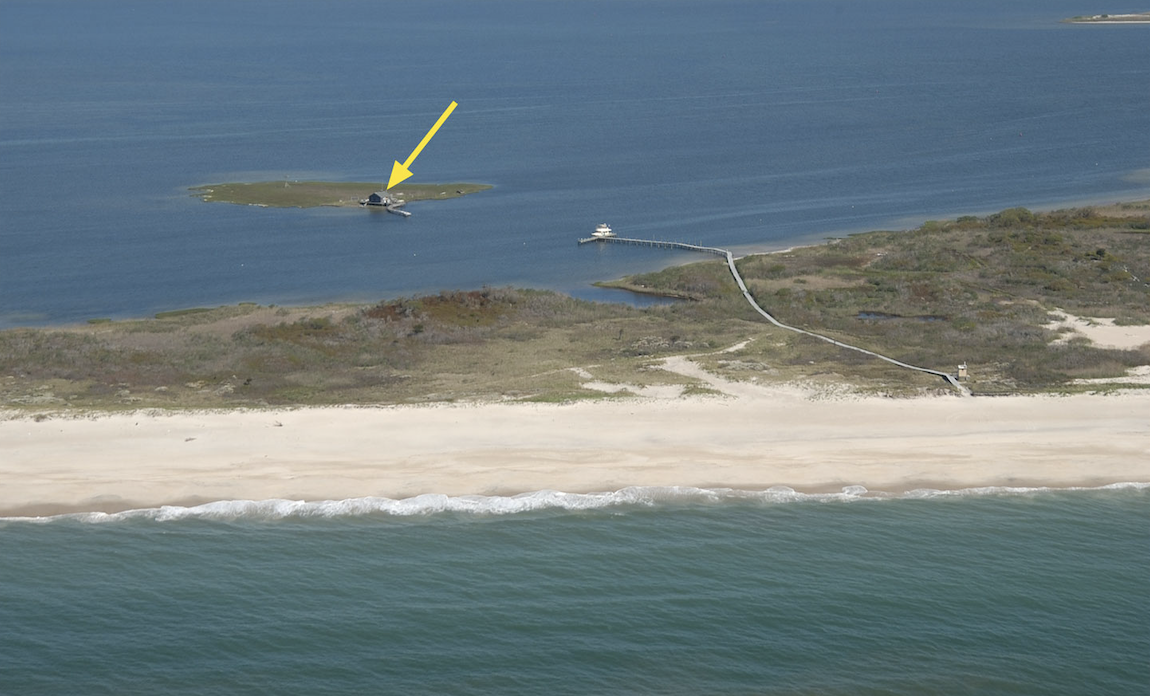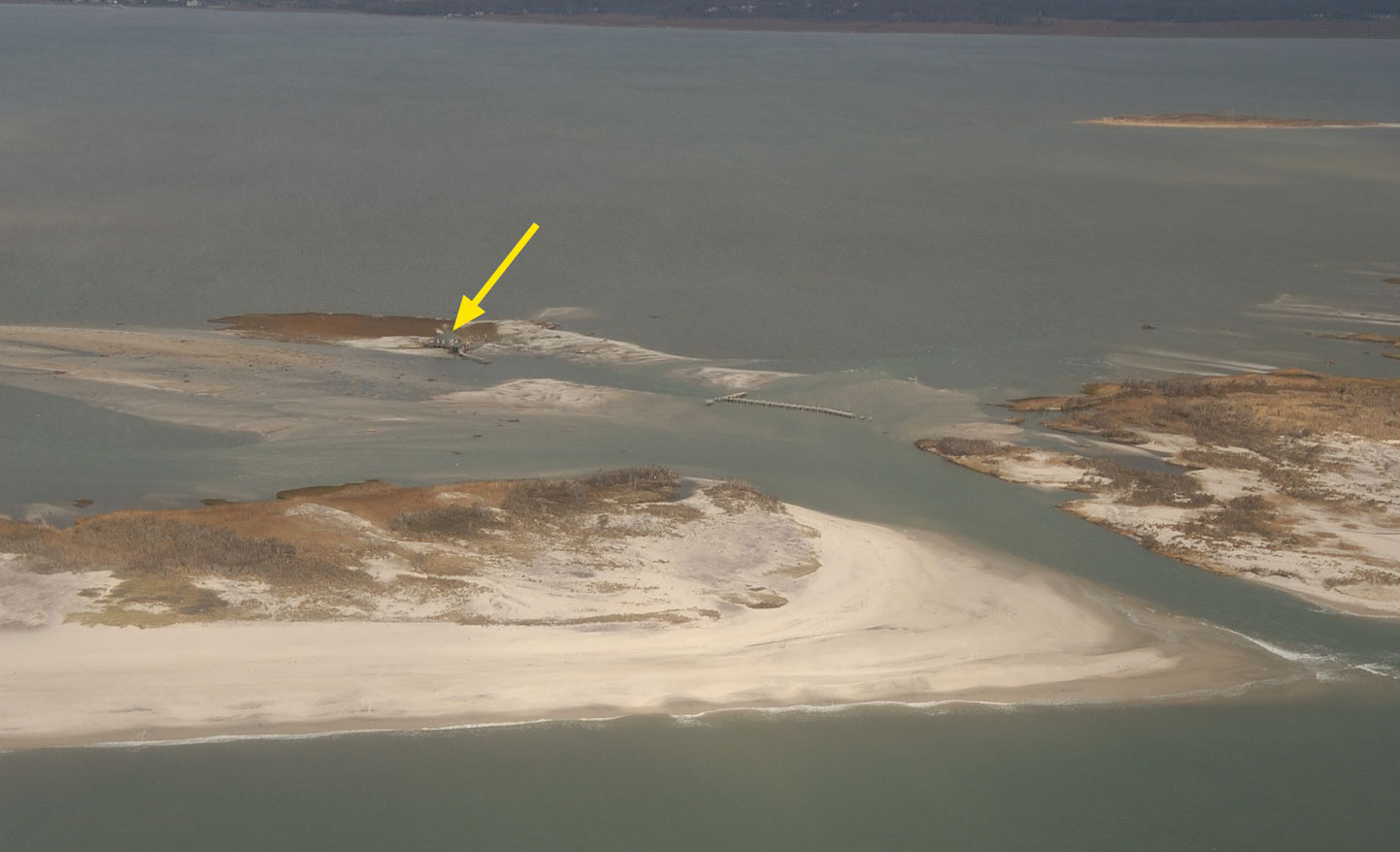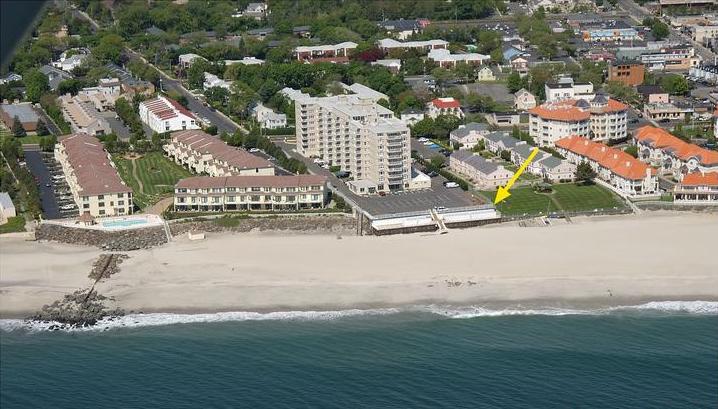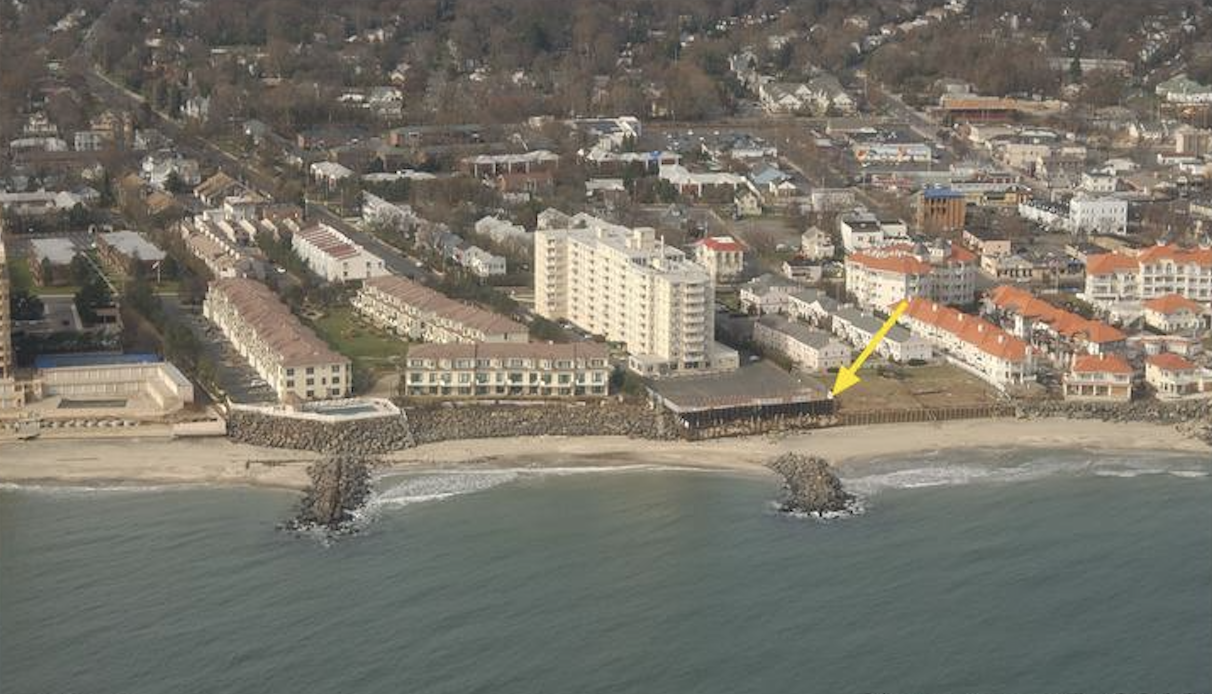2020 is a year that will undoubtedly live in infamy. Future generations of Americans will learn about this year in their history books – pandemics, partisanship, national disasters, a grueling election – when you’re done listing this year's long list ofcatastrophes in your head, prepare to possibly tack “Hottest Year on Record” on the end.
Well – if not the hottest, certainly in the top 5.
Study after study shows that 2020 is on track to be one of the warmest years in history. Louisiana has endured 25 named hurricanes. The worst wildfires in California’s history are raging along the west coast. Climate experts say this year is just another indicator that the point of no return is no longer over the horizon, but in sight and hurtling toward us.
Yet, despite the overwhelming evidence and devastating effects, many Americans still have the privilege of feeling “far away from it all,” as New York resident Alicia Perry explained. “My heart goes out to everyone grappling with these disasters, but I’m here and they’re there.”
“At this point, it all feels like some horror movie. It’s scary, but I can change the channel.”
Perry, a life-long resident of Long Island, New York, said she considers herself lucky that she doesn’t see any “real” effects of climate change. And many on the Island feel similarly. This past summer was the hottest ever in the Northeast, and winters have been getting warmer ever year since 1985, according to data collected by the National Oceanic and Atmospheric Administration. Effects of climate change, yes, but many in the Northeast don’t mind the changes in the weather. NOAA data finds that the two counties that make up Long Island have twice as fast as the national average since 1985 – about 4ºF to the country's 1.9ºF. On top of this rapid warming, Long Island and the surrounding areas in the Northeast have been hit with more frequent and more powerful hurricanes in recent years due to shifting weather patterns caused by climate change, according to a study conducted by Durham University. 2012's Hurricane Sandy killed over 50 people and destroyed thousands of homes. But homes are repaired, beaches reopen, and debris is cleared, and people move on.
“This summer was the best we’ve had in years. And the winters here aren’t as brutal as they used to be,” said Paul Fauty, another long-time resident of Long Island. It’s hard to feel urgency when things seem to be getting easier.”
Easier for some.
Since early September, those living on the West Coast are living the horror movie that Perry and many other East Coast residents can turn off.
“We got preliminary warnings that said pack your bags and get ready you might have to evacuate your home,” said Ashley Cai, a 19-year-old resident of Los Altos Hills and current student at Brown University.
“The actual impact of climate change was literally on my doorstep.”
The fires have burned over 4 million acres in California, according to the state’s Department of Forestry and Fire Protection. The blazes have killed more than 30 people and forced tens of thousands from their homes. Those not in the direct line of fire wake up under deep red skies and fear opening their doors due to dangerously poor air quality. Images and videos of the disaster spread rapidly on social medias, often with captions referencing the apocalpyse and science fiction novels.
“I walked out of my house and it felt like a Sepia filter on Instagram,” said Anny Tran, a student living in the Bay Area. “The air quality was super bad and I couldn’t do my day to day activities outdoors because I didn’t want to consume the particle matter.”
Global warming doesn’t suddenly set fires, but experts agree that their magnitude and frequency are directly influenced by the earth’s rising temperatures. Lightning strikes in August sparked a number of the blazes, while warm temperatures and dry conditions have fuelled additional fires up and down the coast.
The days of saying "we'll see what happens in 2050" are long behind us. If turning on the news isn't enough proof, here's more.
